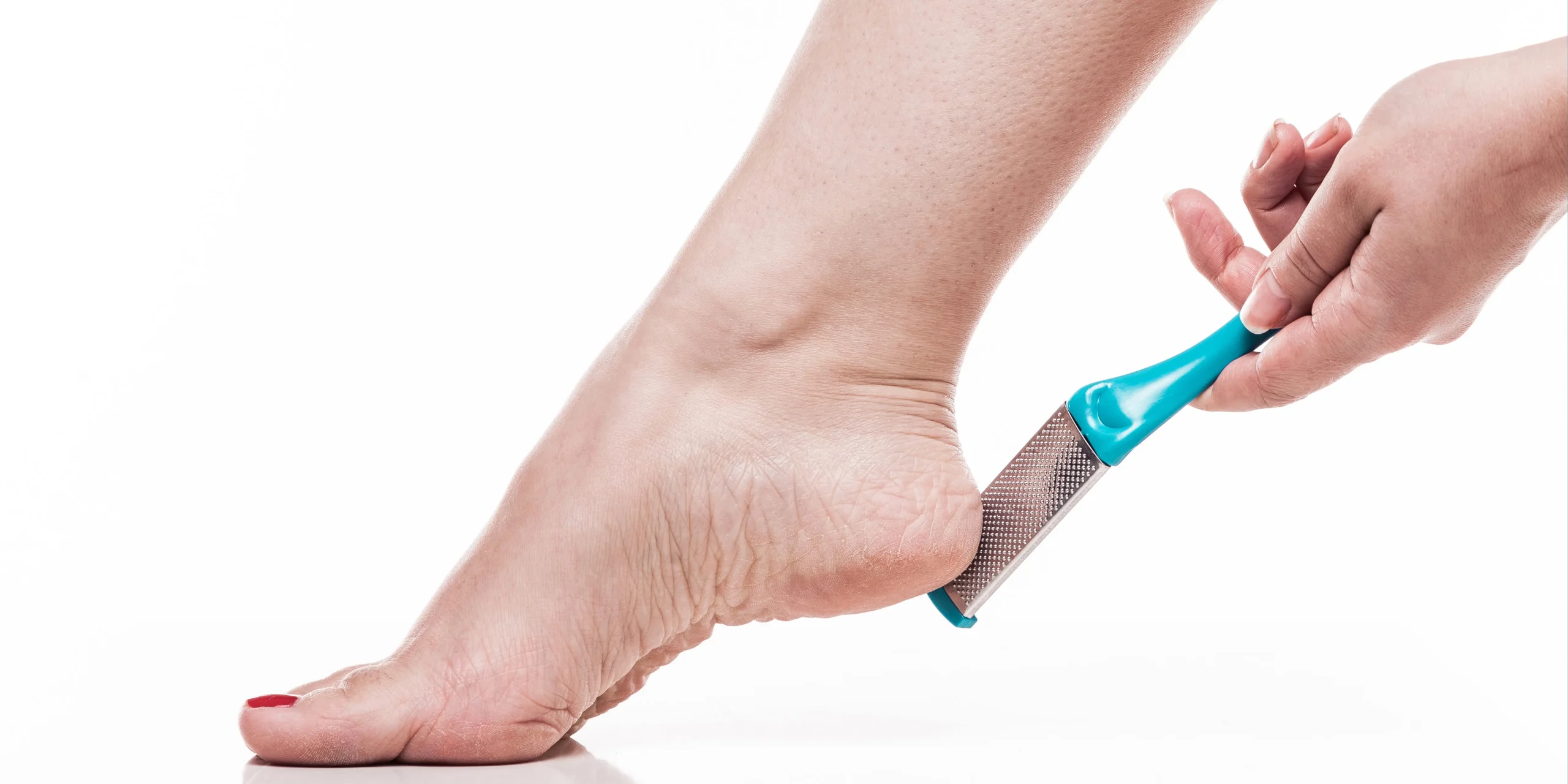

Athlete’s Foot vs Dry Skin: Key Differences and Treatments
Learn the key differences between athlete’s foot and dry skin, including symptoms, causes, and effective treatments for each condition
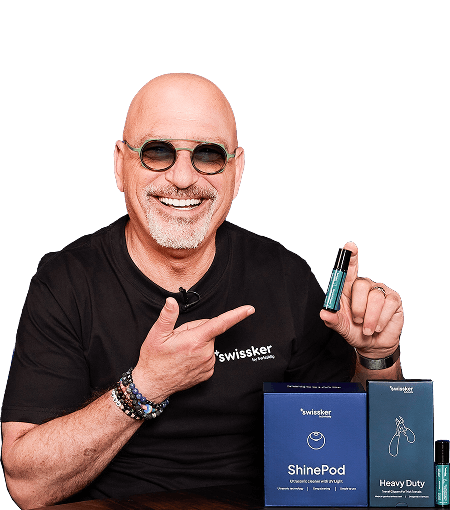



Free Fast Shipping on Orders Over $60


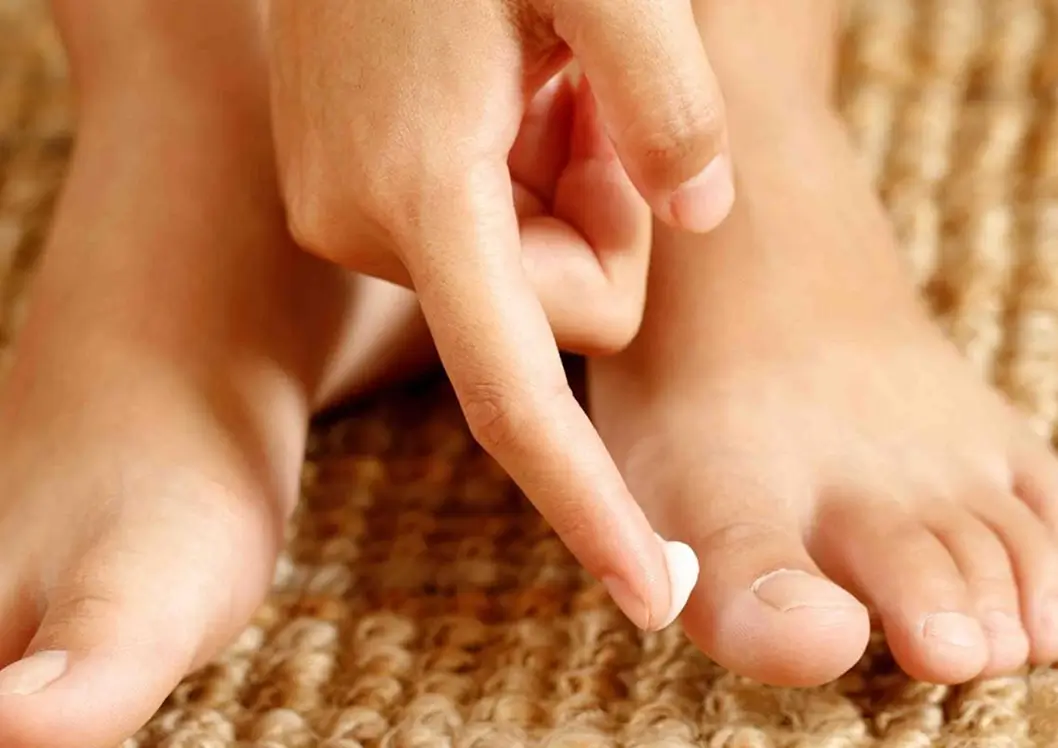

| Feature | Nail Psoriasis | Nail Fungus |
|---|---|---|
| Nature | Autoimmune/inflammatory | Infection by fungus |
| Spread | Often affects many nails | Starts with one nail |
| Surface texture | Pitting and ridges | Hard, thick, and even surface |
| Discoloration | Yellow-dash brown, and/or “oil spots” | White/yellow/brown, spreads evenly |
| Use acetone-free products | Peel off nail polish | Peel off nail polish |
| Common Symptoms | Pitting, ridges, yellow-brown patches | Thick, yellow/white nails, odor |
| Odor | None | Foul smell is common |
| Location | Fingers and toes (often both) | Mostly toenails |
| Nail separation | Starts at the tip and progresses | Separation can occur anywhere |
| Contagious | No | Yes, via surfaces and or contact |
| Link to Systemic Disease | Psoriasis on the skin is likely | May occur alone |
| Pain | Tenderness is possible | Pain often comes with thick nails |
| Treatment type | Immune-modulating therapies | Antifungal Medications |

Our blog is authored by the Swissklip founders alongside our trusted medical advisors. What began as a heartfelt solution for Opa’s thick toenails blossomed into a full line of premium self-care tools, all designed with quality and safety in mind. Working closely with podiatrists and dentists, we ensure every article carries medical-grade insights you can trust. Expect practical, expert-backed advice every time.
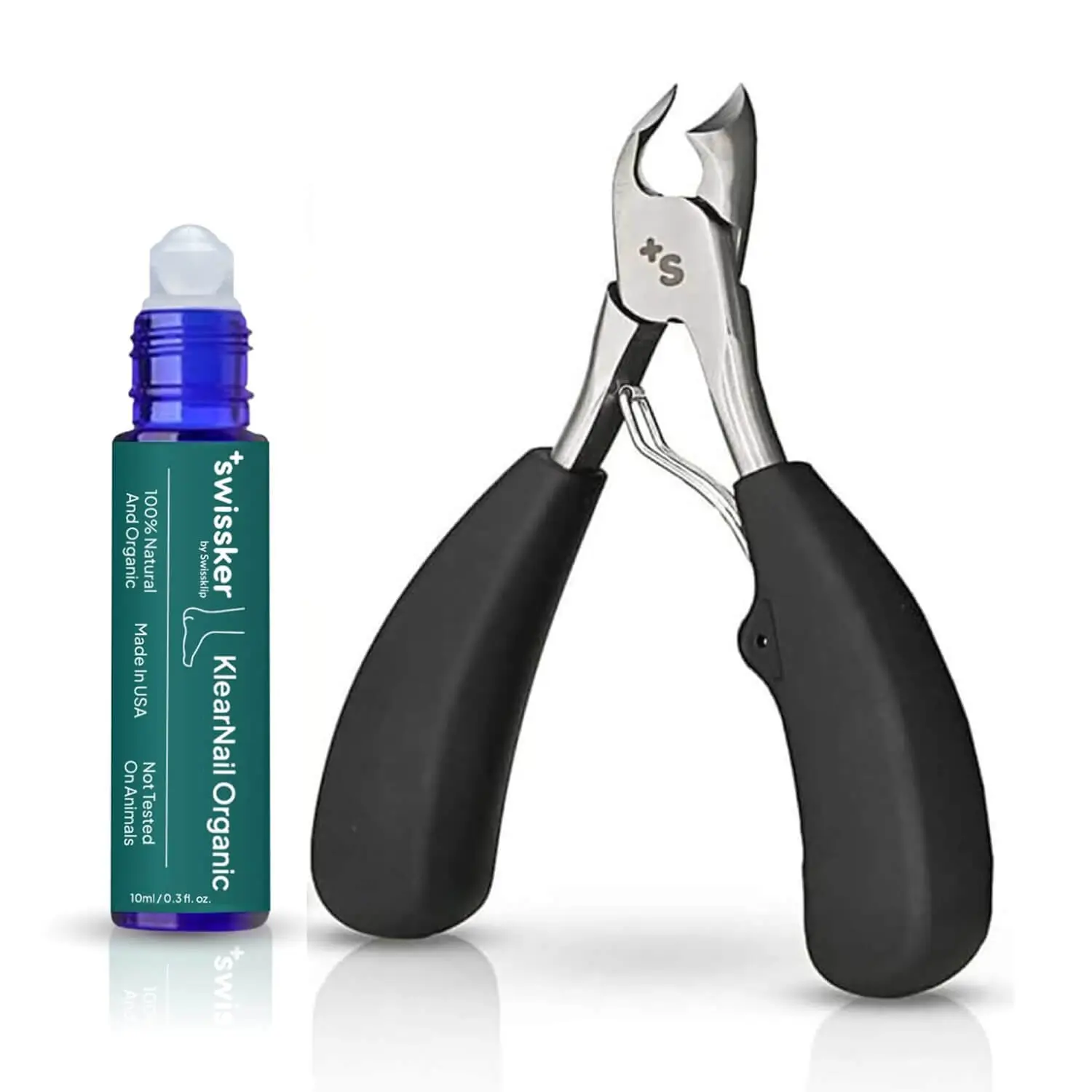

A roll-on solution that kills drug-resistant fungus on contact.
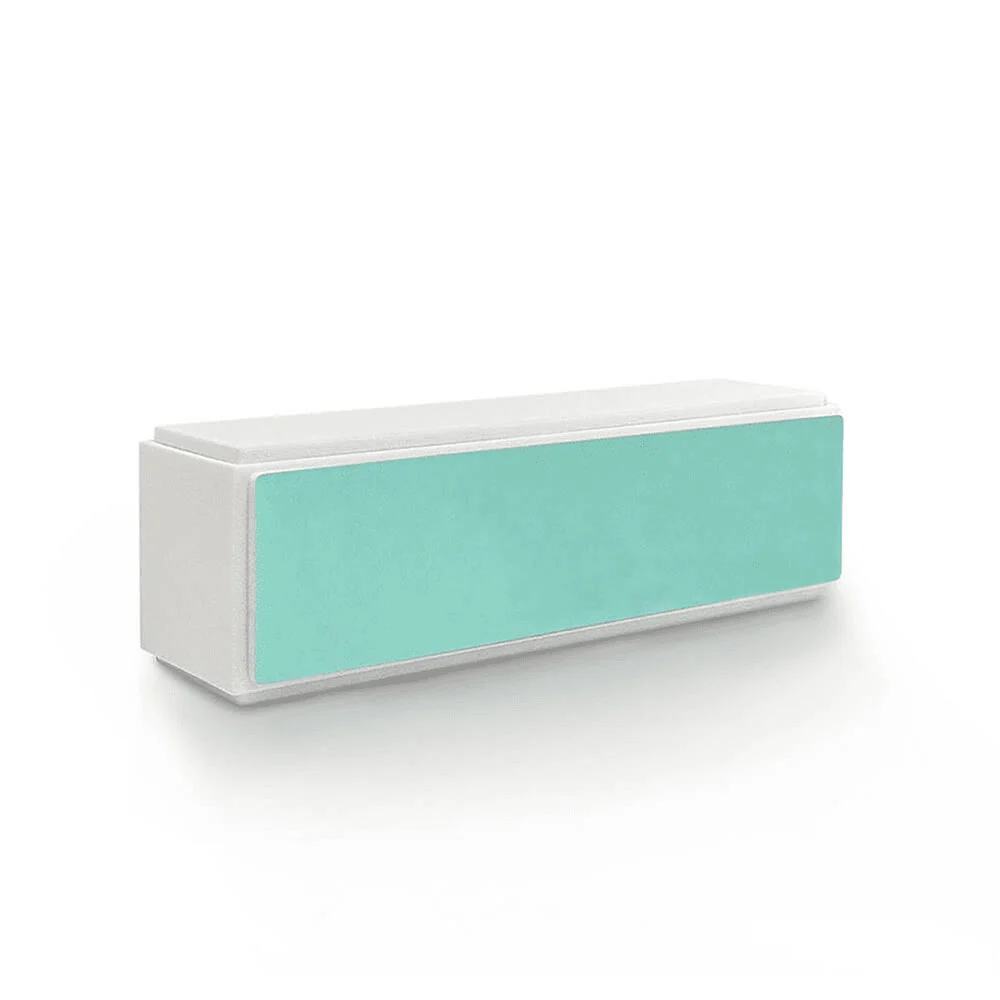

Achieve salon-quality smoothness and a dazzling natural shine
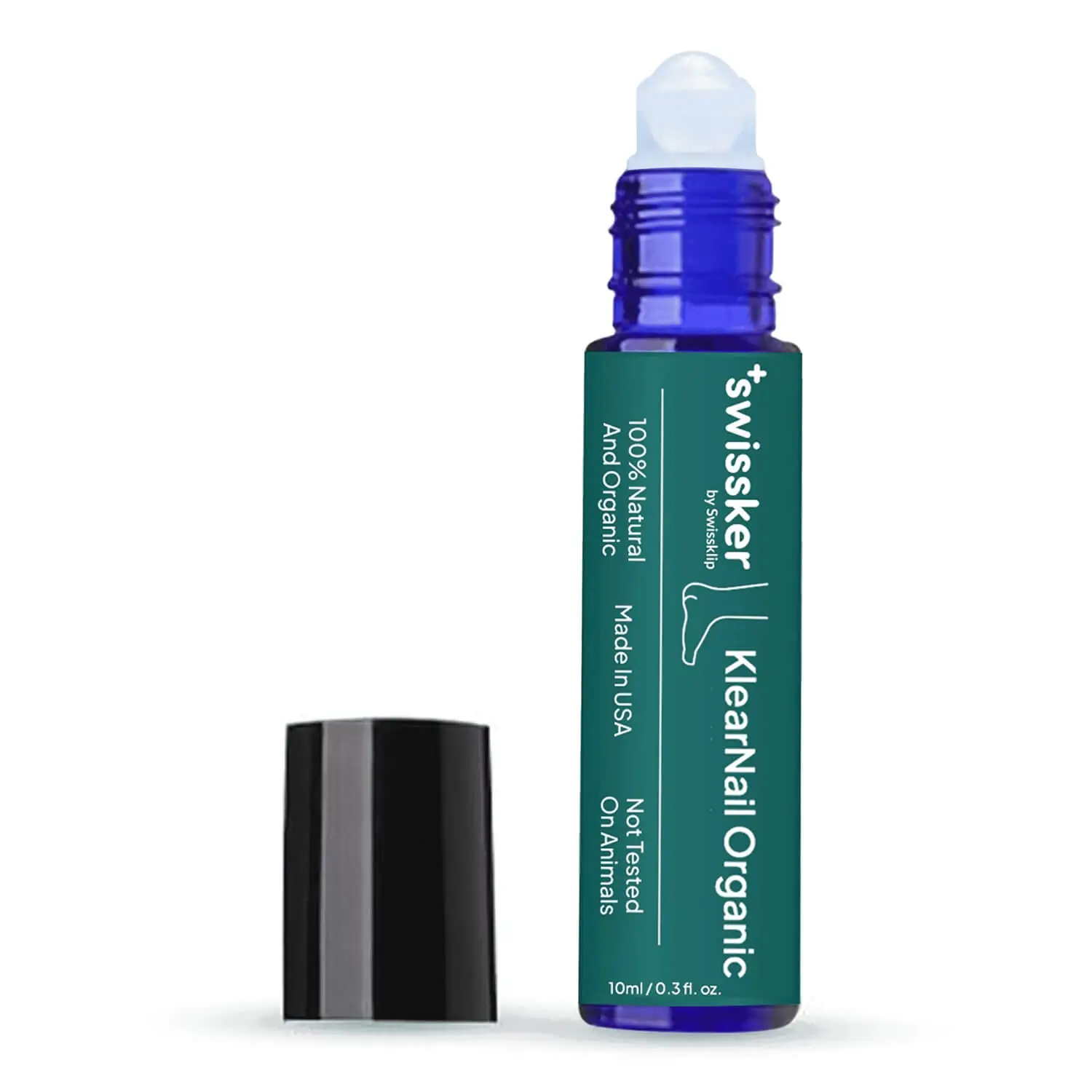

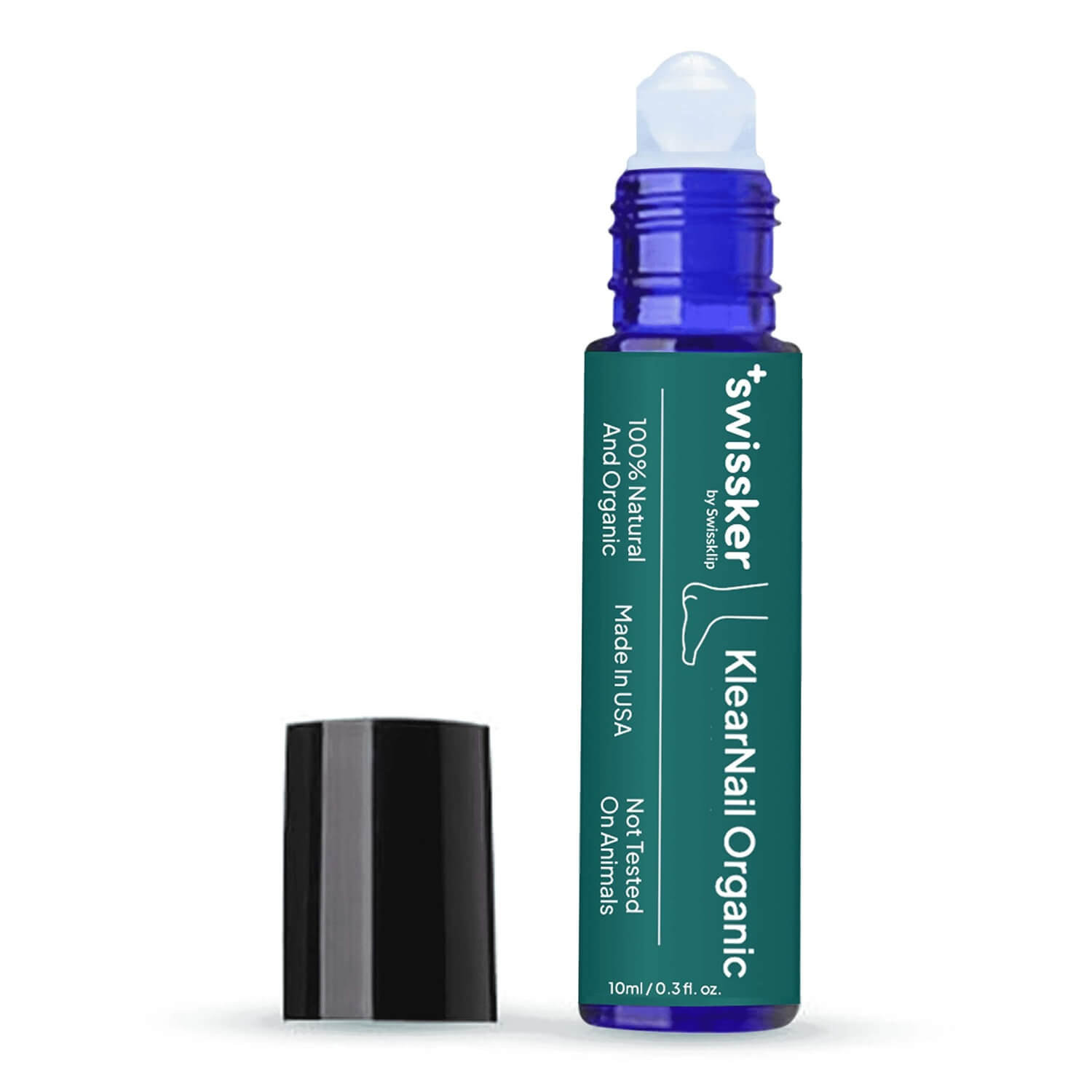

A roll-on solution that kills drug-resistant fungus on contact.
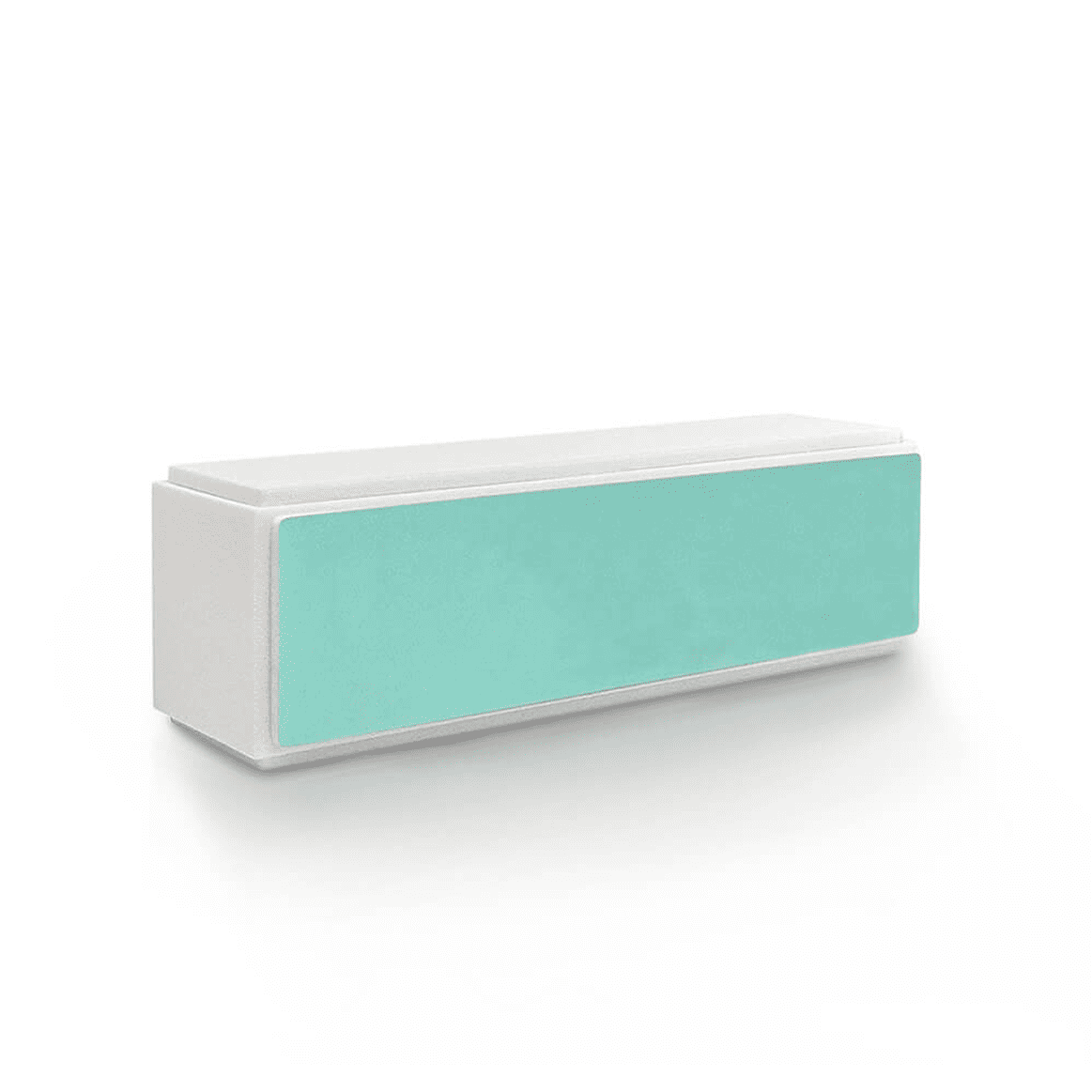

Achieve salon-quality smoothness and a dazzling natural shine
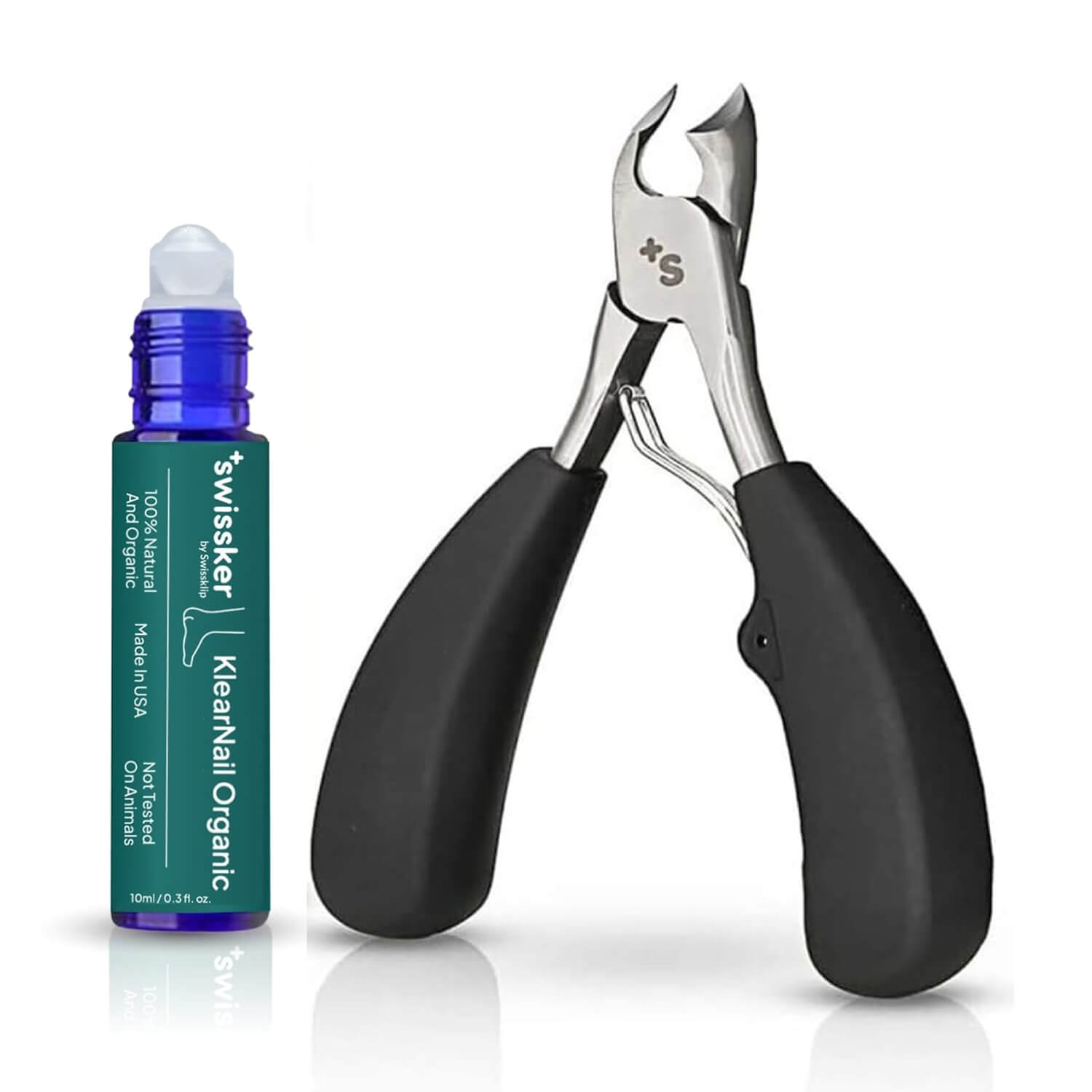



Learn the key differences between athlete’s foot and dry skin, including symptoms, causes, and effective treatments for each condition
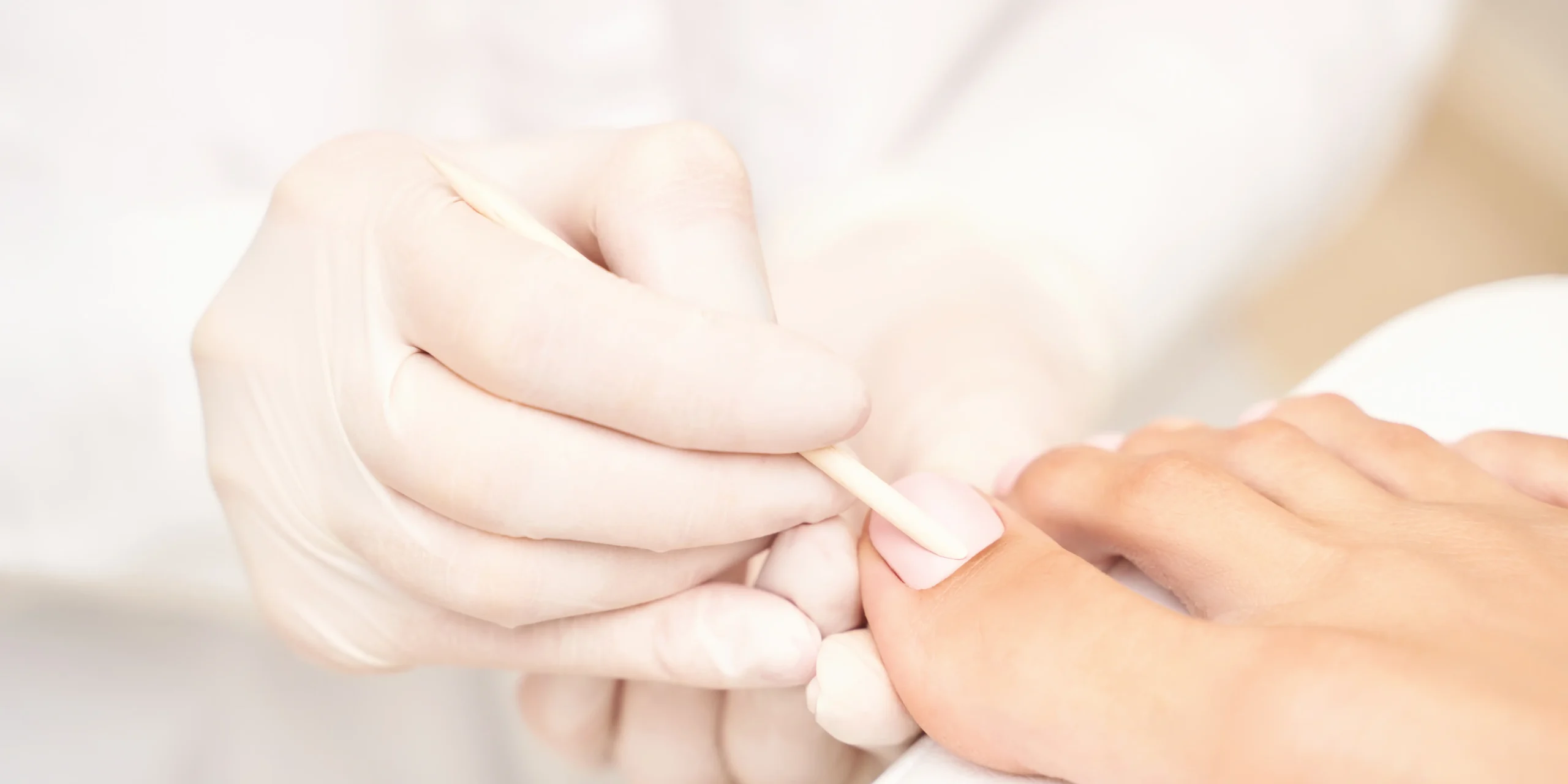

Wondering why your nail is white? Explore common causes and simple remedies to treat and prevent white spots or discoloration
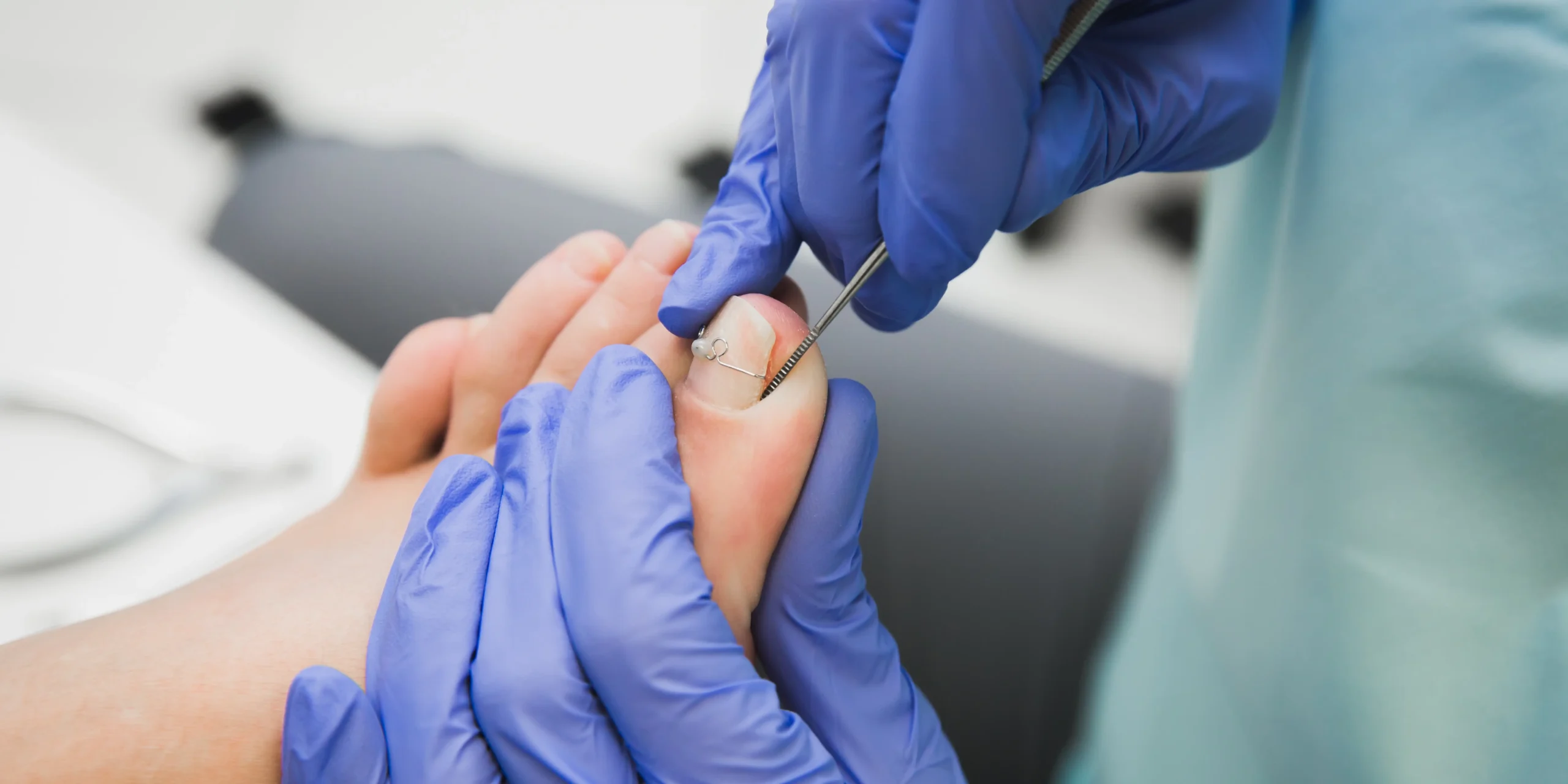

Learn effective strategies to prevent and treat ingrown toenails, including proper nail trimming, footwear choices, and when to seek professional care